Fluid workspaces: is the era of prescriptive office design over?
We discuss evolving workspaces and track the shape-shifting interiors of the 21st century. If options are what we’re after in office design, it looks like we’ve got them
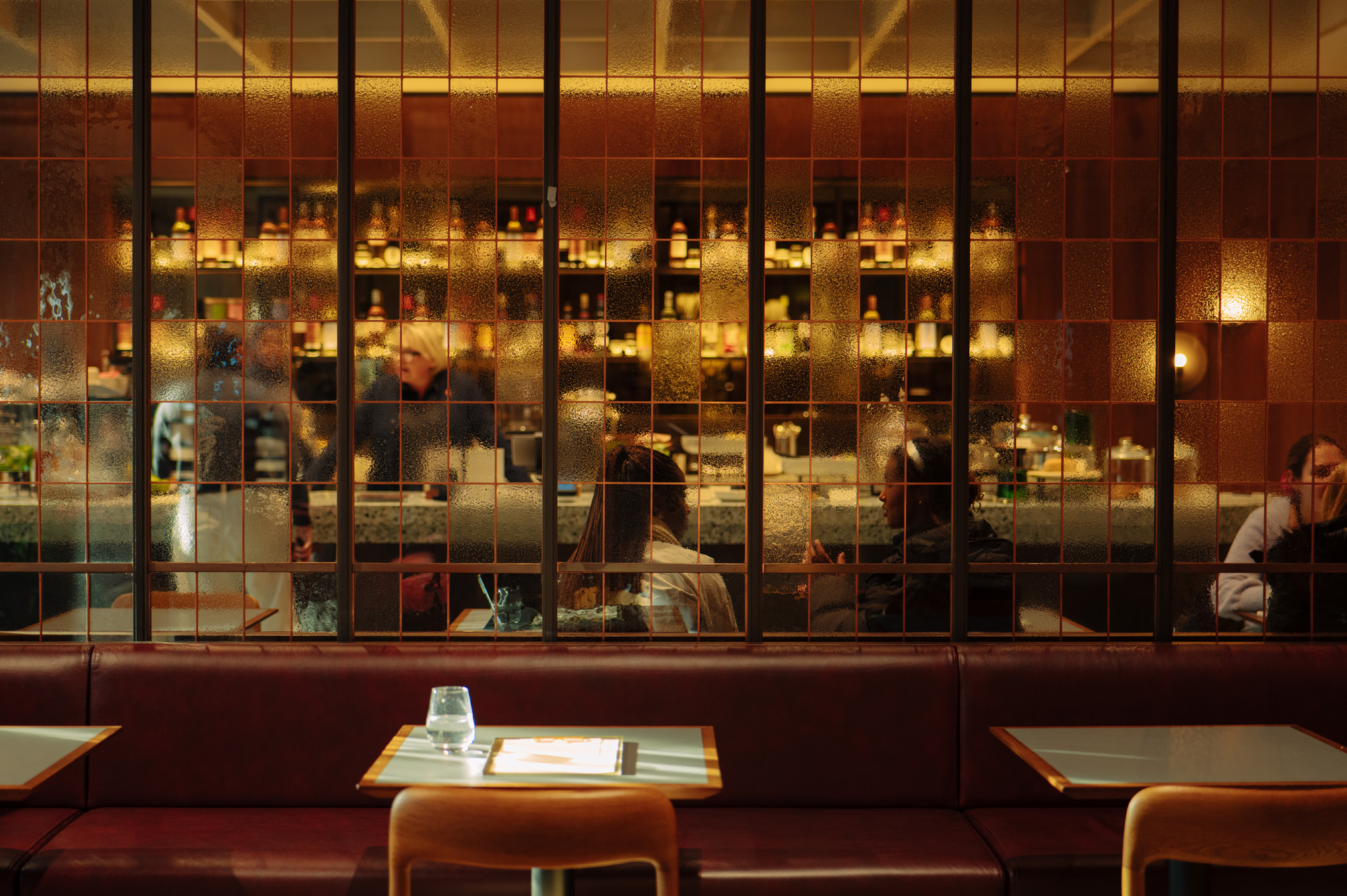
The era of prescriptive design is over. Fluidity in all shapes and forms seems increasingly the norm across disciplines, touching upon most areas of life. From fashion to travel, and from how we live to where we play, flexibility, adaptability and nuance are increasingly taking over briefs and project descriptions. The societal shake-up that followed the pandemic has had a major effect on this process. In recent years we have seen houses that turn into offices, workspaces that feel like homes, industrial spaces that transform into event or entertainment venues and manufacturing facilities that open up to the public like never before… The list goes on.
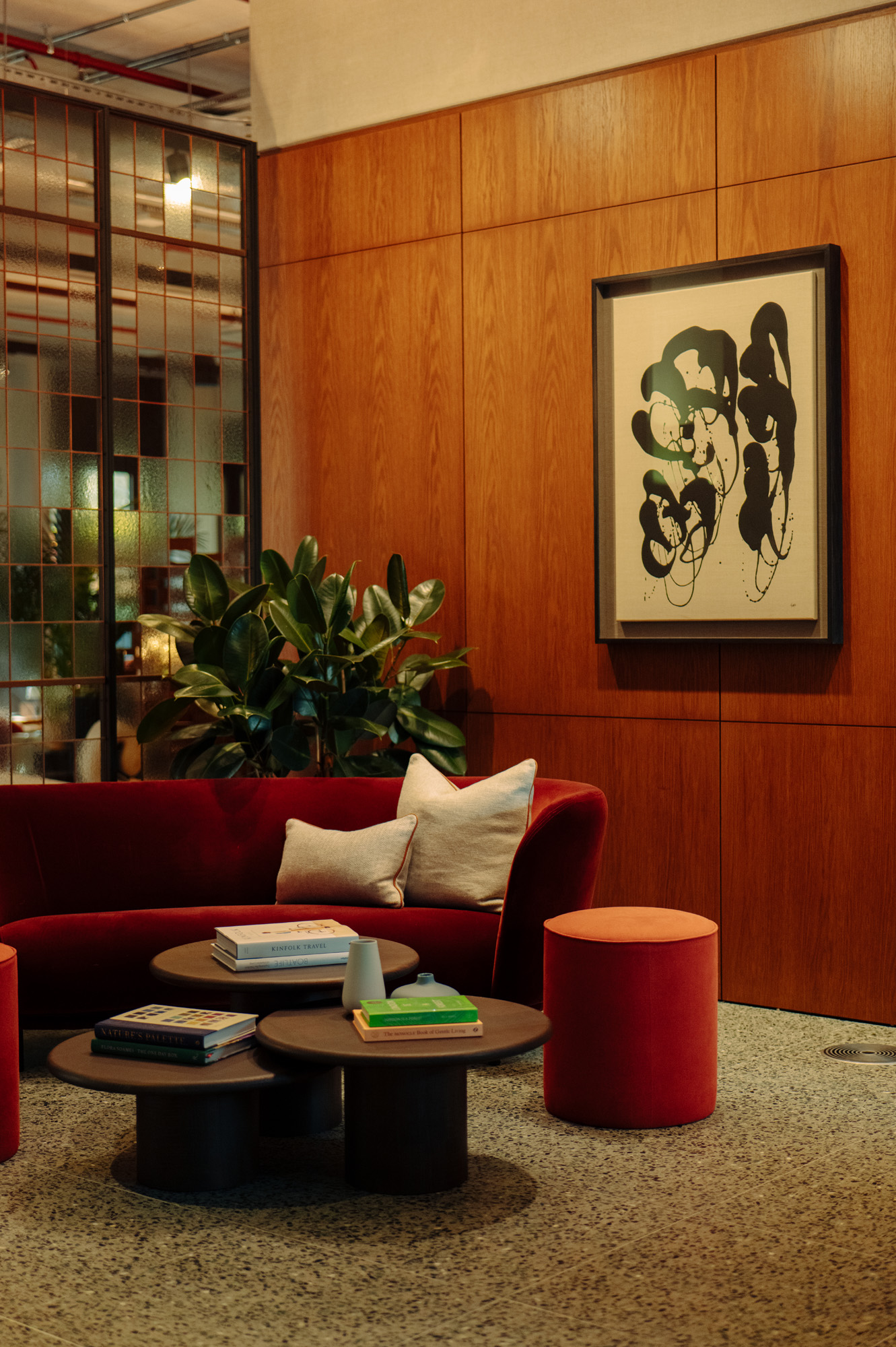
Derwent London lounge interior
Fluid workspaces herald the future of office design
While this spatial mashup might have a seed in fear of commitment or decision fatigue springing from a market offering an ever-wider choice, it is perhaps also rooted in a pushback against the authoritative voice of starchitects and styles of the past century. It also chimes with our efforts to make every inch of space and design gesture work harder than ever before, a drive for efficiency mixed with an expression of frugality in the face of our era’s sustainability (and financial) challenges. It is certainly the sign of a public that knows more and better what it wants and how to get it in every market; a client that is not easily satisfied and demands to be surprised - but not dictated to.
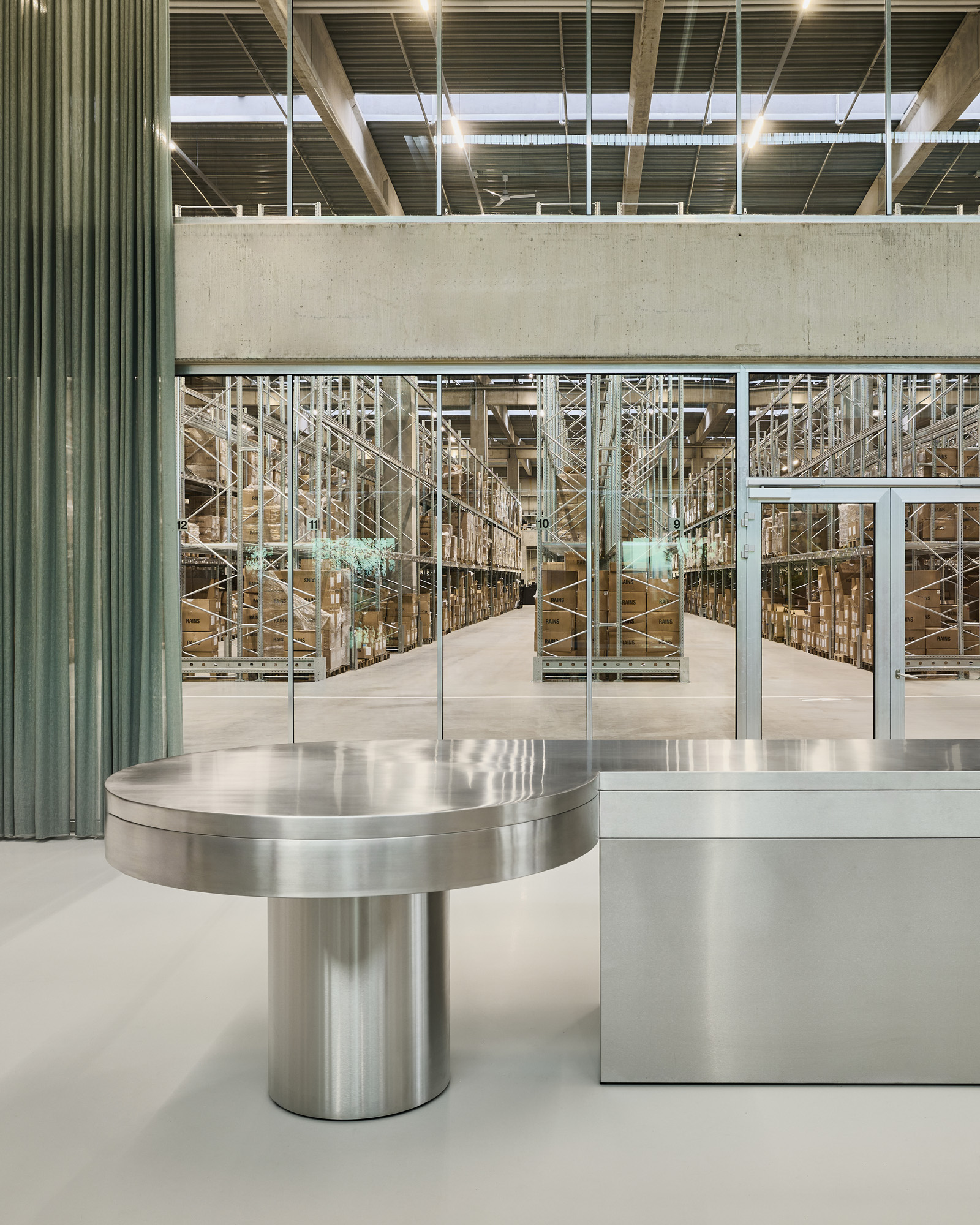
Rains headquarters in Aarhus
Such is the case in the thinking behind Derwent London’s newest workspace innovation - the launch of a series of club lounges to anchor its 5.5m sq ft portfolio in the capital. While the debate around flexible working and offices that allude to domestic environments rages on, Derwent is disrupting the market by bringing a hospitality element to the mix. Why not create a workplace setting that makes you feel like a member of a private club? ‘Quality workspace now comes from the service, the amenity and the community as well as from the physical aesthetic,’ says the company’s executive director Emily Prideaux.
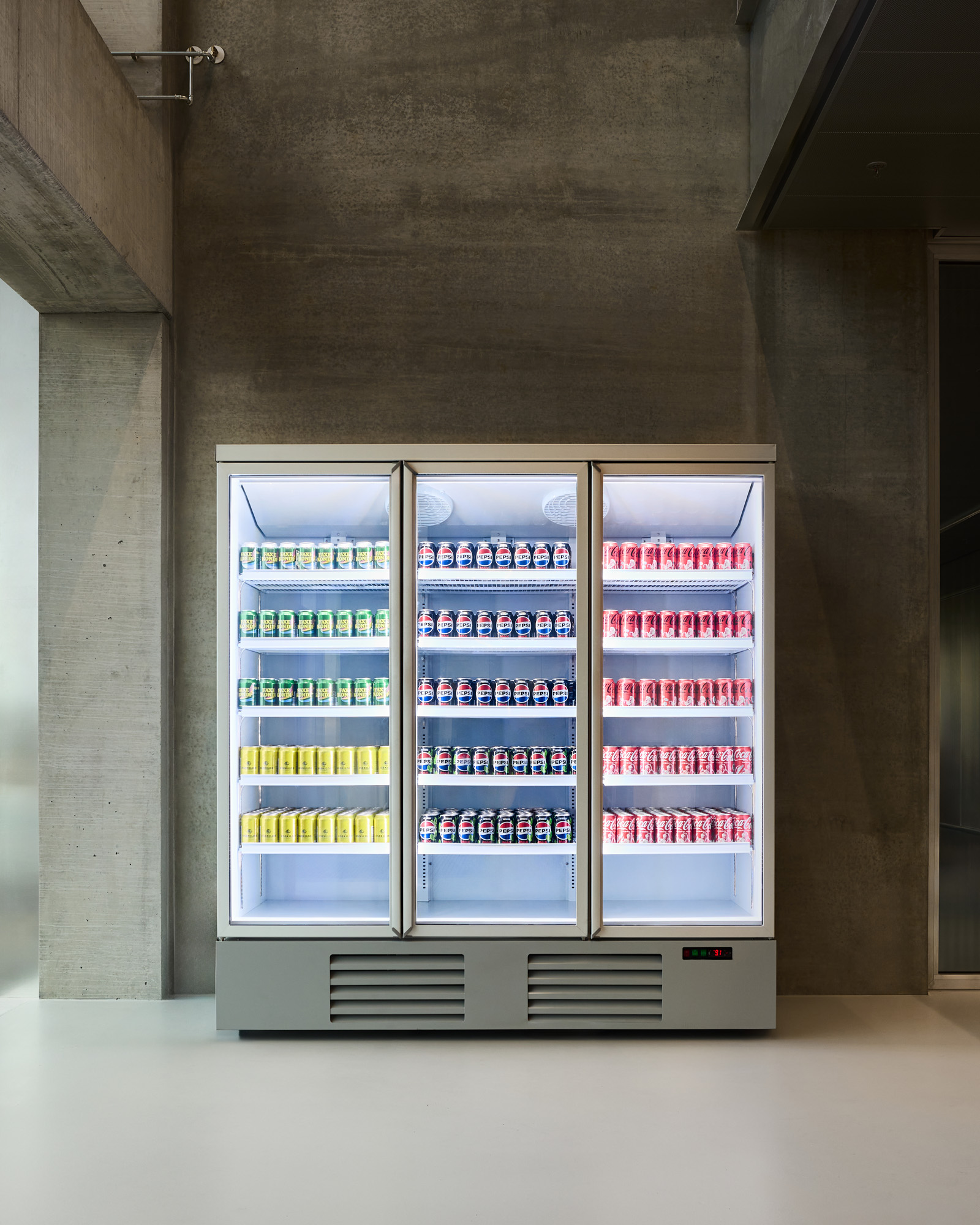
Interior at Rains
Meanwhile, Danish fashion brand Rains is bringing its - typically back-of-house - warehouse and distribution facilities to the fore in its new headquarters in Aarhus, taking pride of place alongside all the other departments that make up a successful business. Creative and logistical centres flow into each other, enriching the experience of both sides for the company’s employees.
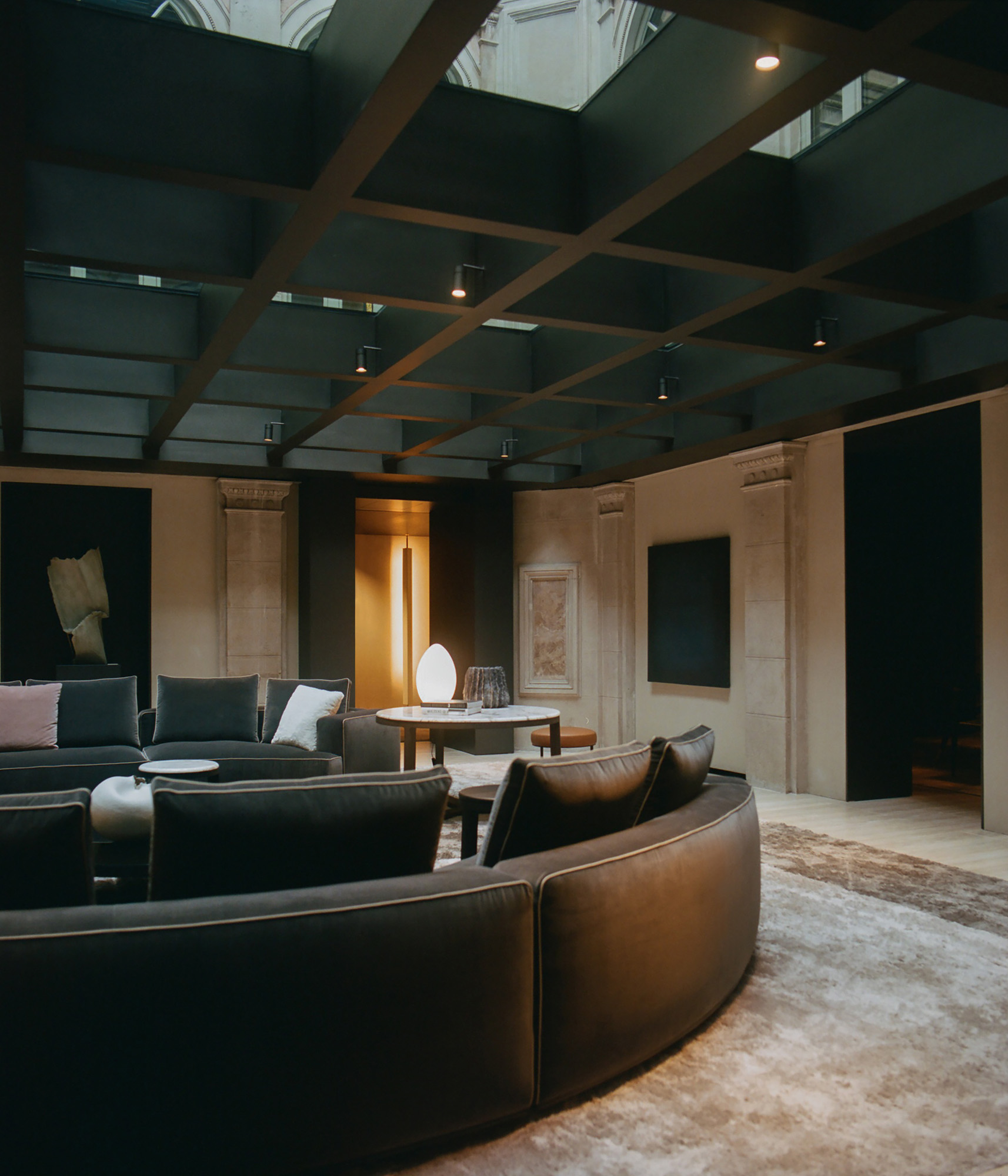
Molteni&C's Palazzo Molteni in Milan
This shape-shifting is practical, but fun too. This spring, Italian design giant Molteni&C unveils Palazzo Molteni, its new flagship in Milan that is at once a showroom, event space, brand home and workspace. More of a lifestyle experience than a store, the expansive, seven-storey interior looks and feels like a luxurious urban villa with all the fun and dazzle you would expect. ‘We wanted to create a space that feels like you are stepping inside the home of an art collector,’ the brand’s creative director, Belgian architect Vincent Van Duysen explains. If options are what we’re after, it looks like we’ve got them.
Wallpaper* Newsletter
Receive our daily digest of inspiration, escapism and design stories from around the world direct to your inbox.
Ellie Stathaki is the Architecture & Environment Director at Wallpaper*. She trained as an architect at the Aristotle University of Thessaloniki in Greece and studied architectural history at the Bartlett in London. Now an established journalist, she has been a member of the Wallpaper* team since 2006, visiting buildings across the globe and interviewing leading architects such as Tadao Ando and Rem Koolhaas. Ellie has also taken part in judging panels, moderated events, curated shows and contributed in books, such as The Contemporary House (Thames & Hudson, 2018), Glenn Sestig Architecture Diary (2020) and House London (2022).
-
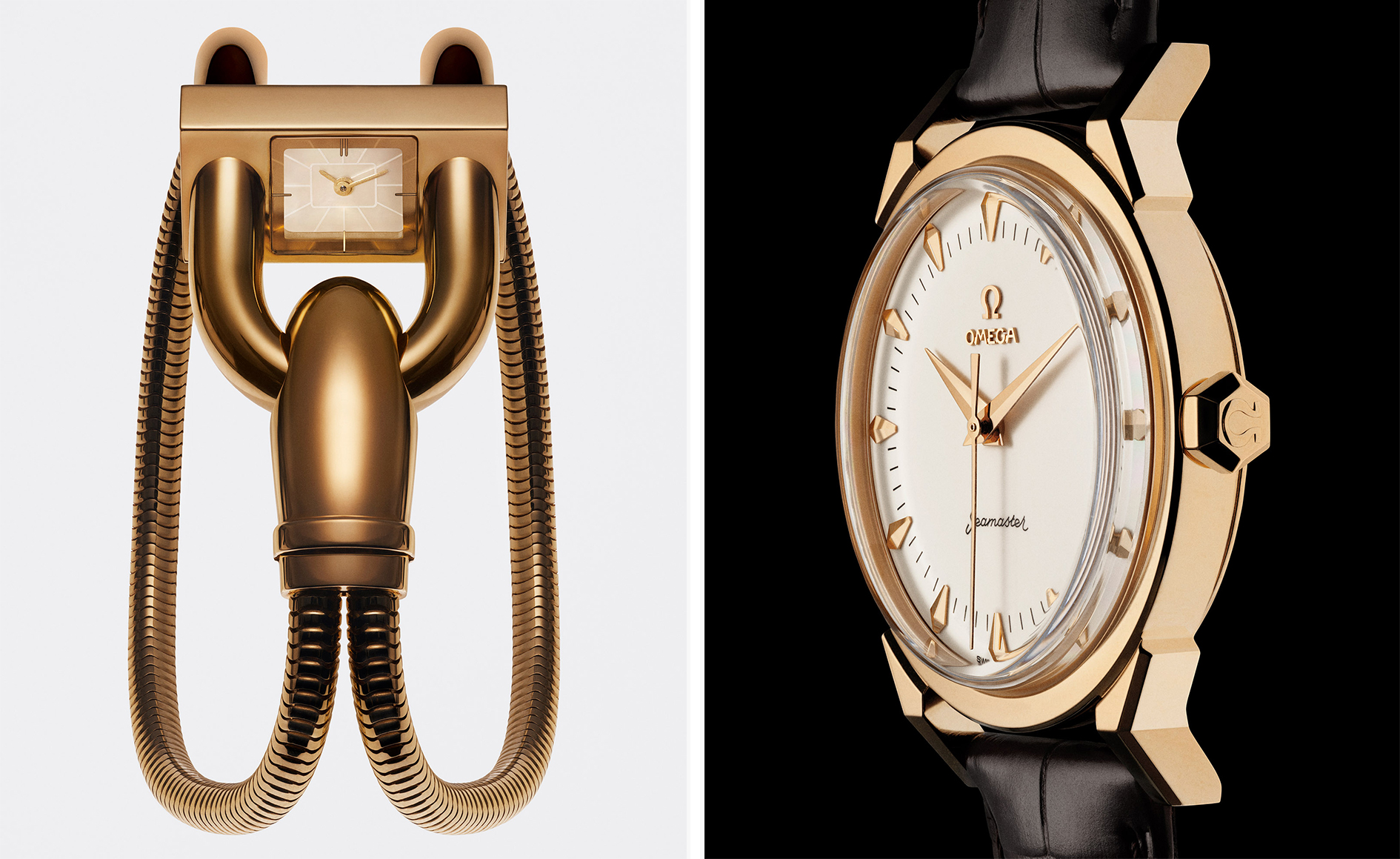 A stripped-back elegance defines these timeless watch designs
A stripped-back elegance defines these timeless watch designsWatches from Cartier, Van Cleef & Arpels, Rolex and more speak to universal design codes
By Hannah Silver
-
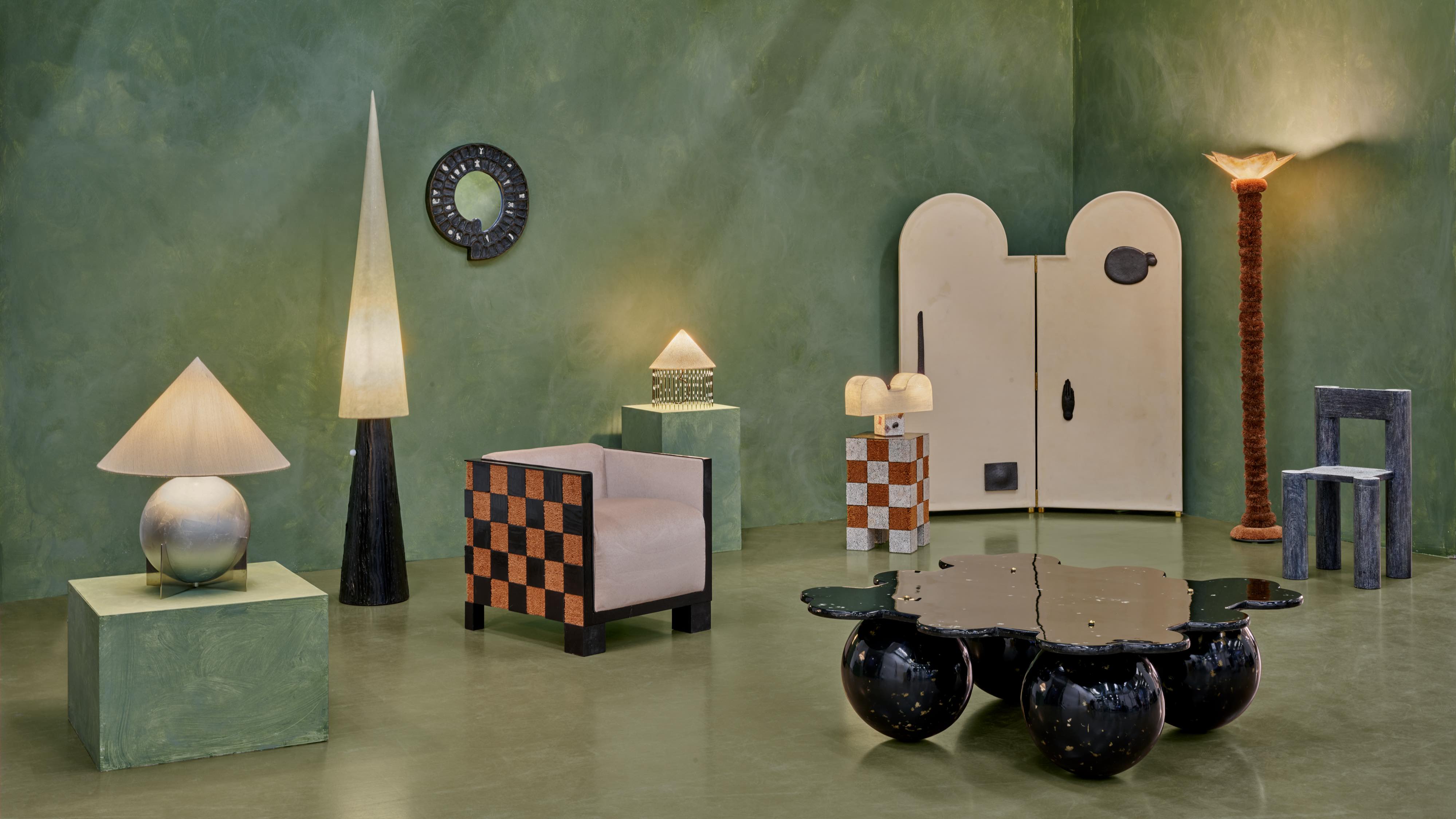 Postcard from Brussels: a maverick design scene has taken root in the Belgian capital
Postcard from Brussels: a maverick design scene has taken root in the Belgian capitalBrussels has emerged as one of the best places for creatives to live, operate and even sell. Wallpaper* paid a visit during the annual Collectible fair to see how it's coming into its own
By Adrian Madlener
-
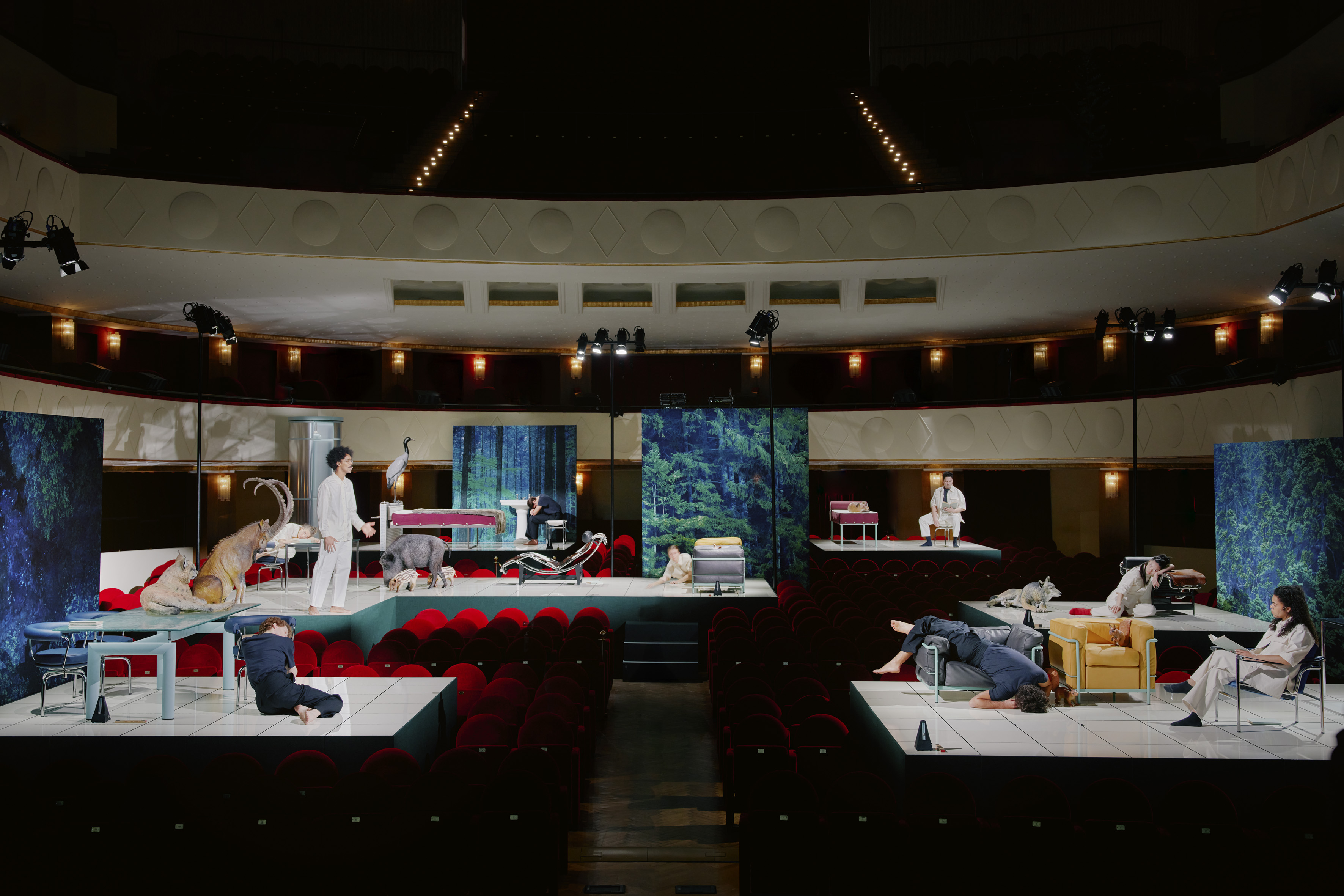 Move over, palazzos. Performances were the biggest trend at Milan Design Week
Move over, palazzos. Performances were the biggest trend at Milan Design WeekThis year, brands brought on the drama via immersive installations across the city
By Dan Howarth
-
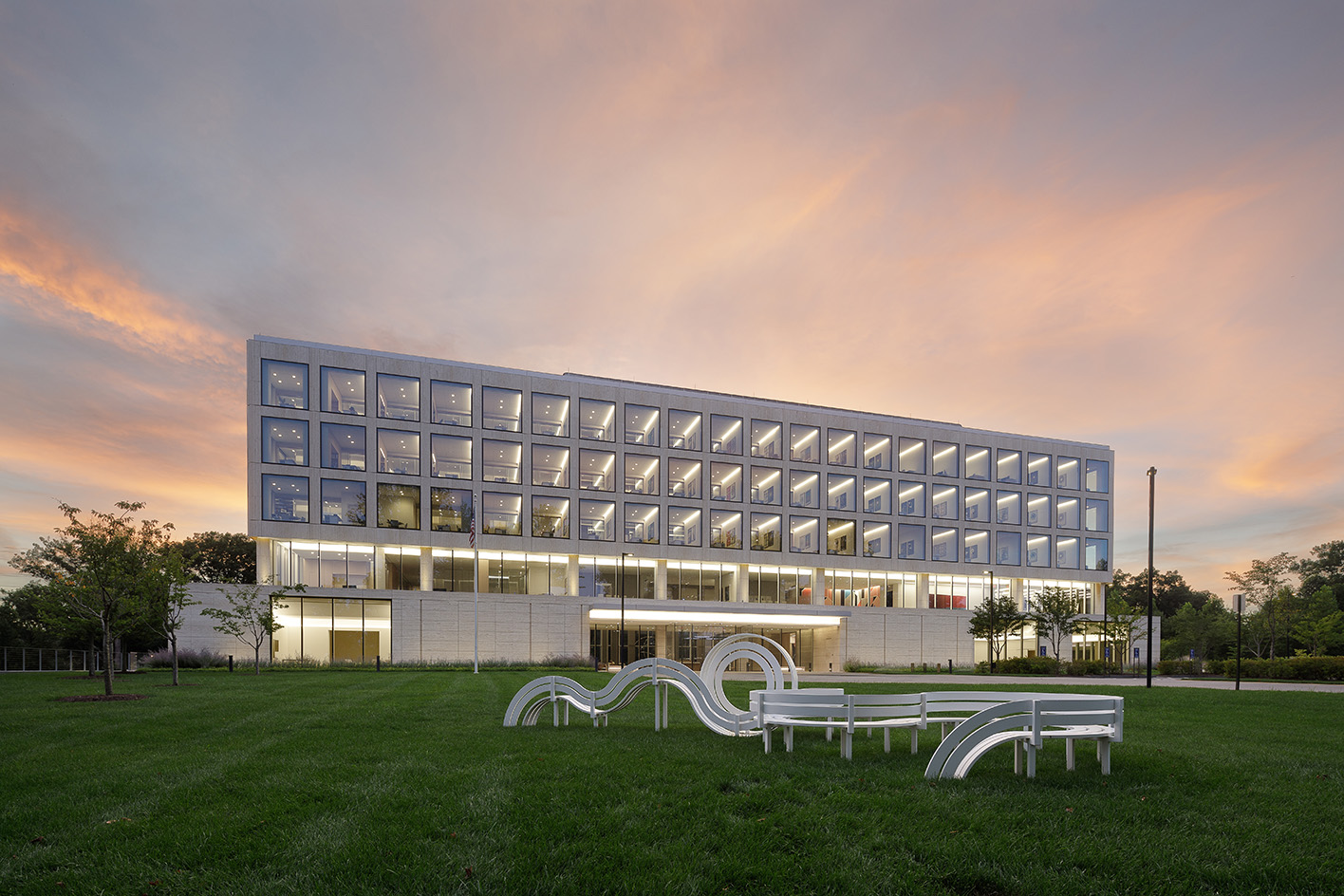 Debra Lehman Smith: why architecture needs art
Debra Lehman Smith: why architecture needs artArchitecture studio LSM and its co-founder Debra Lehman Smith cultivate creative connections for employees, in the US and beyond
By Ellie Stathaki
-
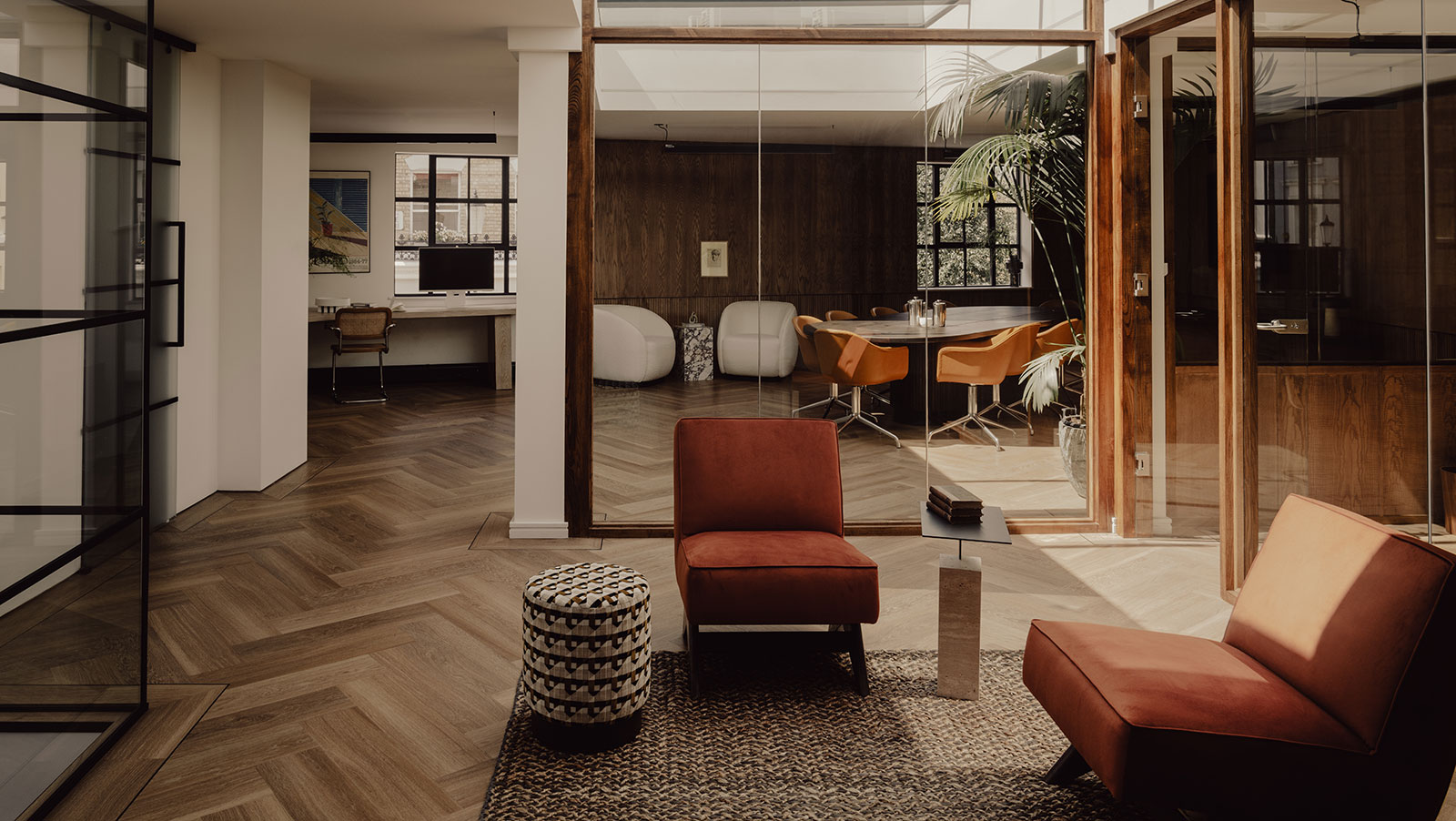 Giant Ventures’ office by Miminat Designs brings nature and warmth to the workspace
Giant Ventures’ office by Miminat Designs brings nature and warmth to the workspaceGiant Ventures by Miminat Designs is an office designed around 21st-century workspace warmth and sophistication with a sustainability twist
By Ellie Stathaki
-
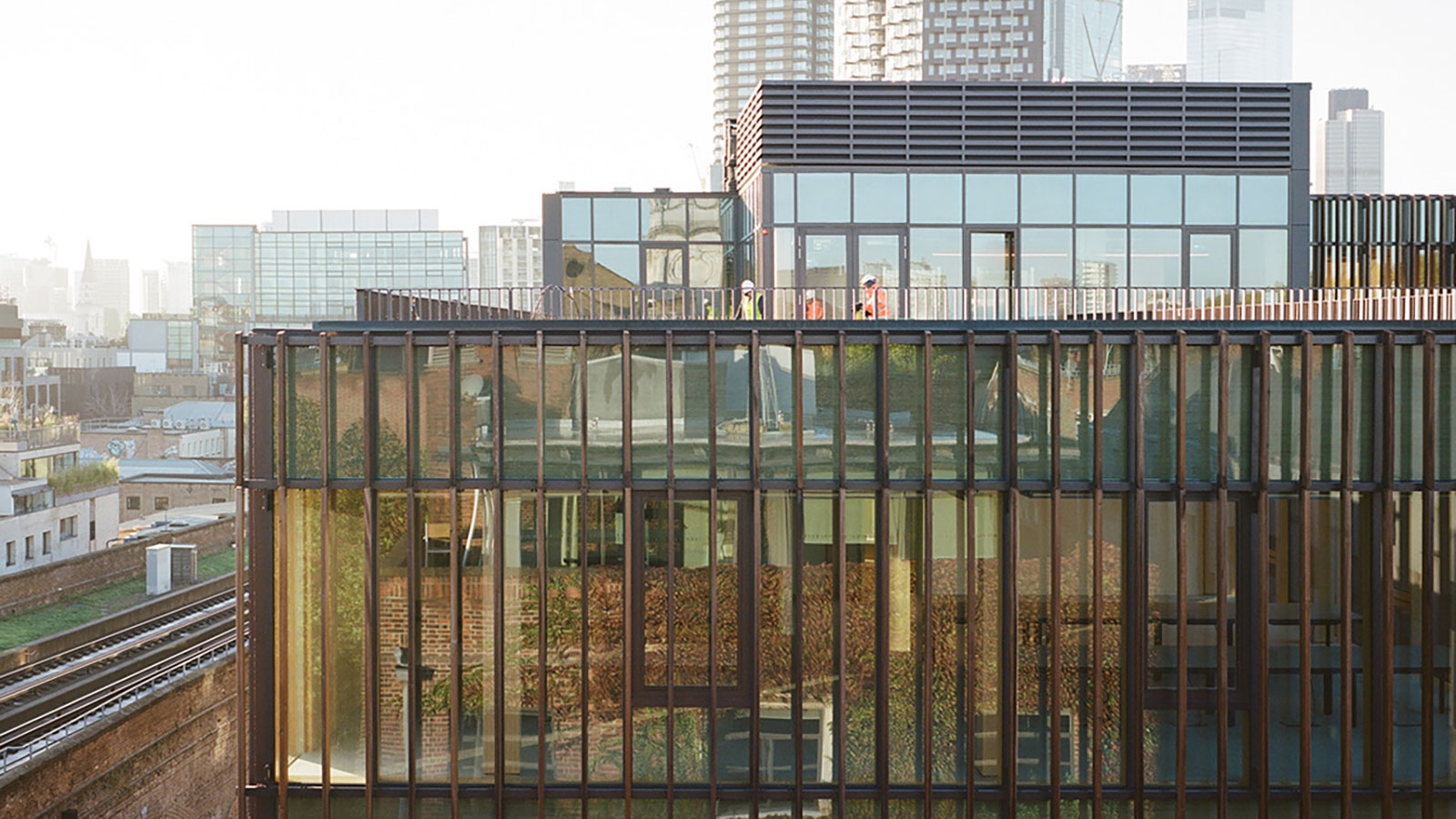 Is TOG’s The Black & White Building the most sustainable office in London?
Is TOG’s The Black & White Building the most sustainable office in London?The Black & White Building, London’s tallest mass-timber office and the first new-build project from workspace specialist The Office Group (TOG), is underpinned by a sustainable ethos
By Ellie Stathaki
-
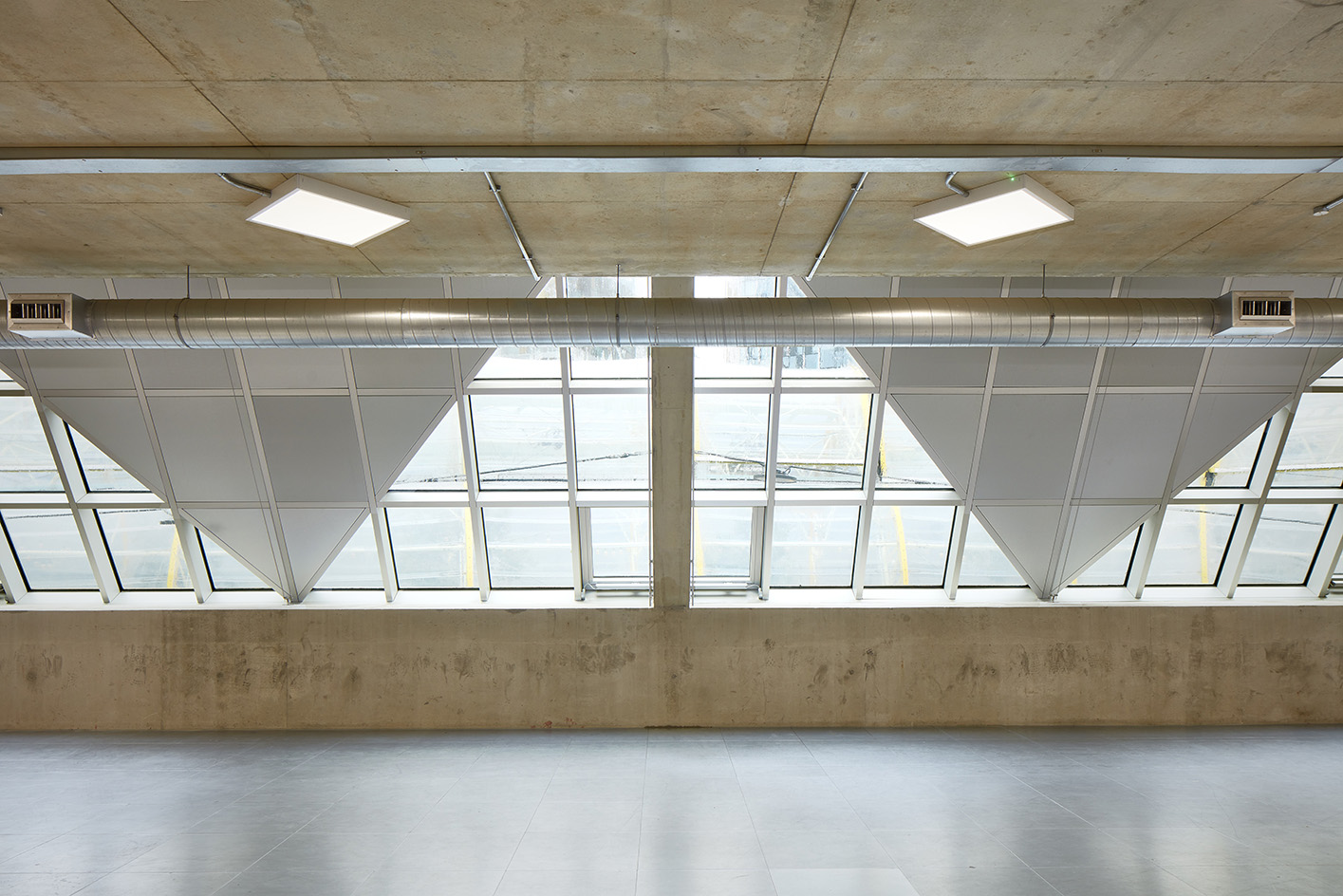 Twin 6a architects buildings arrive at London Design District
Twin 6a architects buildings arrive at London Design DistrictTwo 6a architects-designed buildings, A2 and B2, launch at the Design District in London
By Ellie Stathaki
-
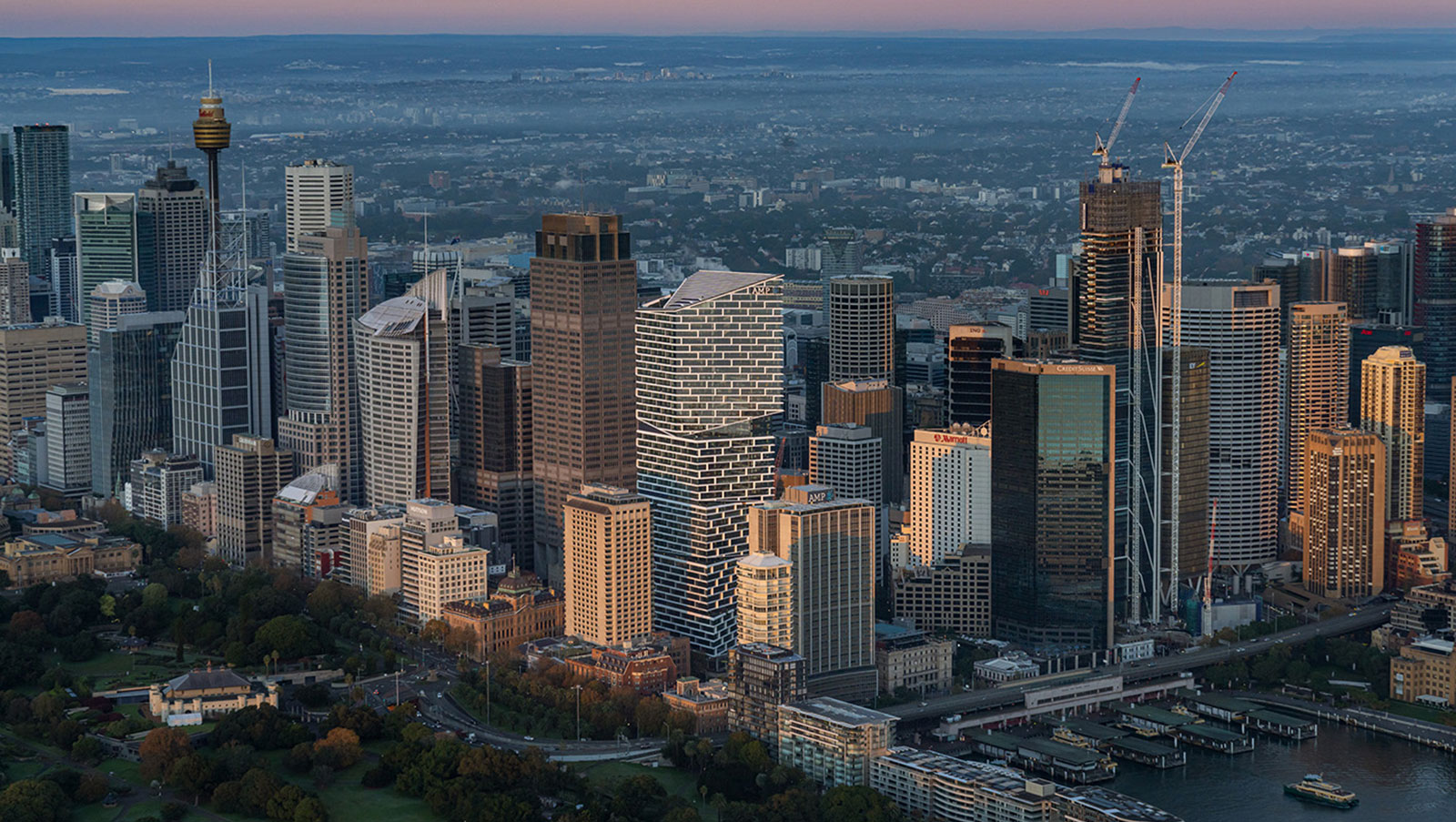 3XN’s Quay Quarter Tower in Sydney is a template for sustainable reuse
3XN’s Quay Quarter Tower in Sydney is a template for sustainable reuseQuay Quarter Tower by Danish architecture firm 3XN, developed in partnership with BVN, offers sustainable architecture through clever redesign and reuse in Sydney, Australia
By Ellie Stathaki